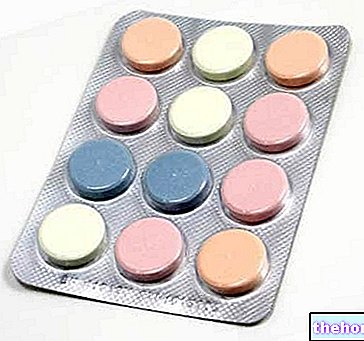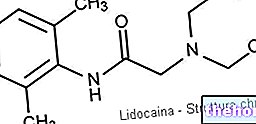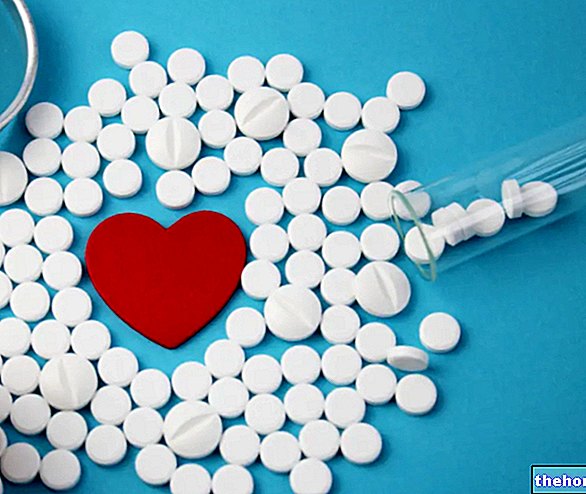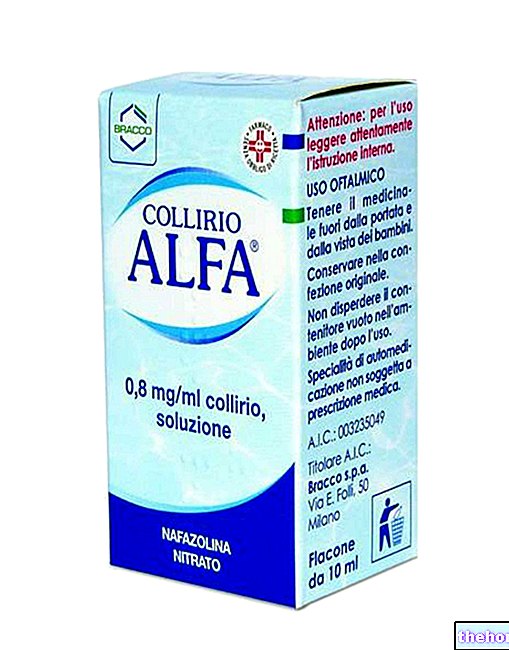SALICYLATES: they have been discovered empirically by appreciating the analgesic and antipyretic effects of chewing pieces of bark obtained from some plants and in particular from the willow. Inside these barks there is in fact a substance, called salicin, which after chewing slowly hydrolyzes to give glucose plus salicylic acid. This reaction occurs more rapidly in the presence of hydrochloric acid, as happens in the stomach.
Salicylic acid has a mild antipyretic activity and a modest anti-inflammatory effect. In therapy it is no longer used due to its marked acidic characteristics, therefore irritating on the gastric and esophageal mucous membranes. On the other hand, external use remains, for example for elimination. warts or keratoses (fibrous formations of the skin), where its keratolytic effect is exploited.
With a simple chemical modification, called acetylation, salicylic alcohol gives rise to the famous acetylsalicylic acid, better known as Aspirin ®. This drug, which entered therapy in 1898, is still used for its marked anti-inflammatory effect and for its moderate antifebrile power. . Aspirin is taken in dosages of 300-500 mg four times a day, since the duration of action is about 5/6 hours. As an anti-inflammatory - antifebrile it is therefore used at doses of 2g / day.
However, the most useful effect of aspirin is the antiplatelet effect, which occurs when it is taken at low doses (Cardioaspirina ®). This drug is widely used in the prevention of thrombotic diseases, therefore of heart attack and cerebral stroke (dose of intake: one tablet within 24 hours). Cardioaspirin works by permanently inhibiting the COX1 enzymes present in platelets, consequently platelet aggregation is inhibited for 7-8 days (which is the average life time of platelets); this explains its use in the prophylaxis of thrombosis.
Like all first generation NSAIDs, the most important side effect of aspirin is its gastric damage.
The formulations are many, ranging from traditional tablets to effervescent ones, in which sodium bicarbonate and citric acid are added to facilitate their dissolution.
To increase the solubility of aspirin, salt is made with the amino acid lysine, giving rise to lysine acetylsalicylate (immediate solubility, also suitable for injection or as an instant sublingual granular).




























